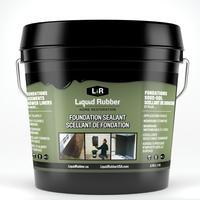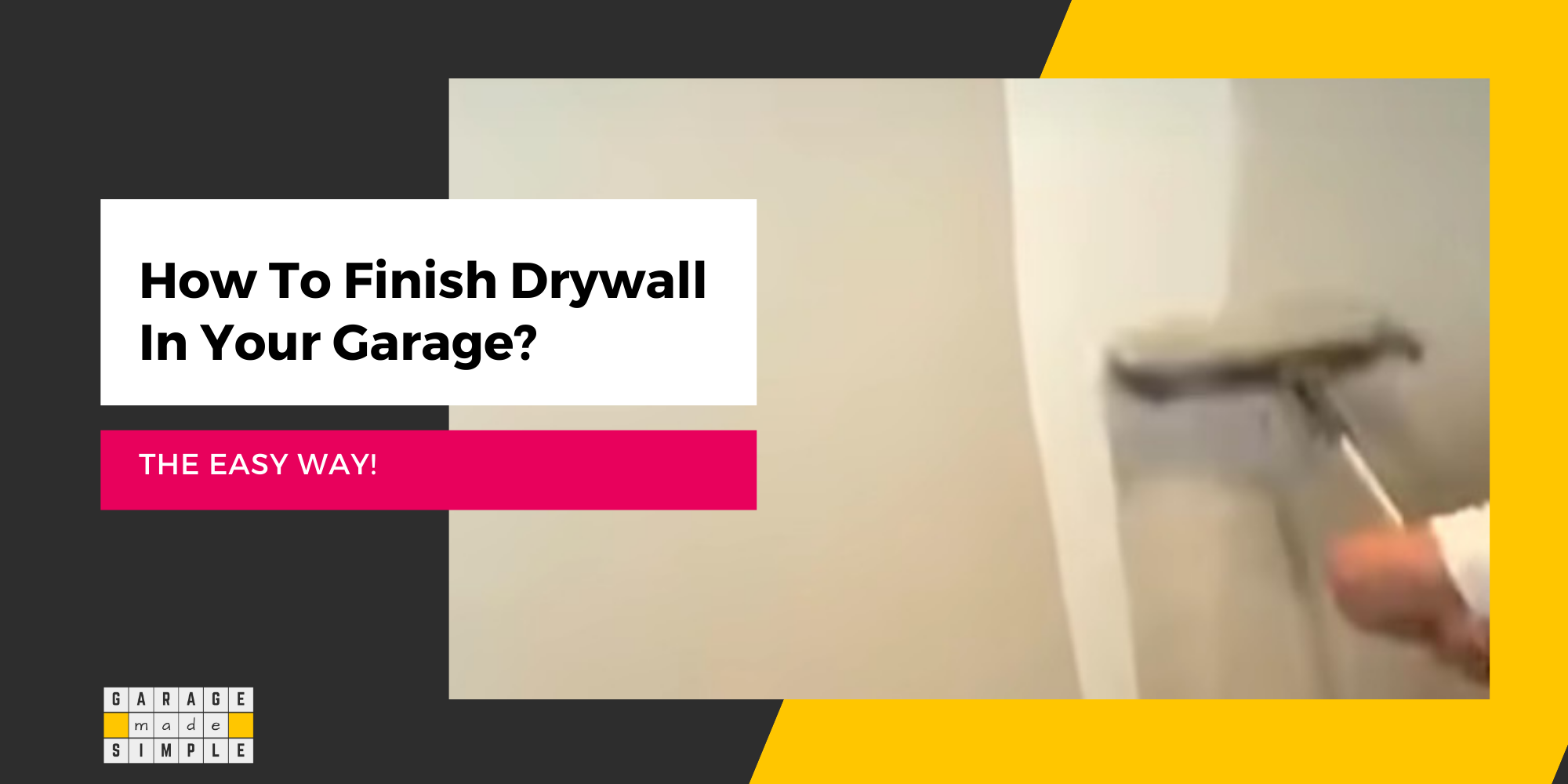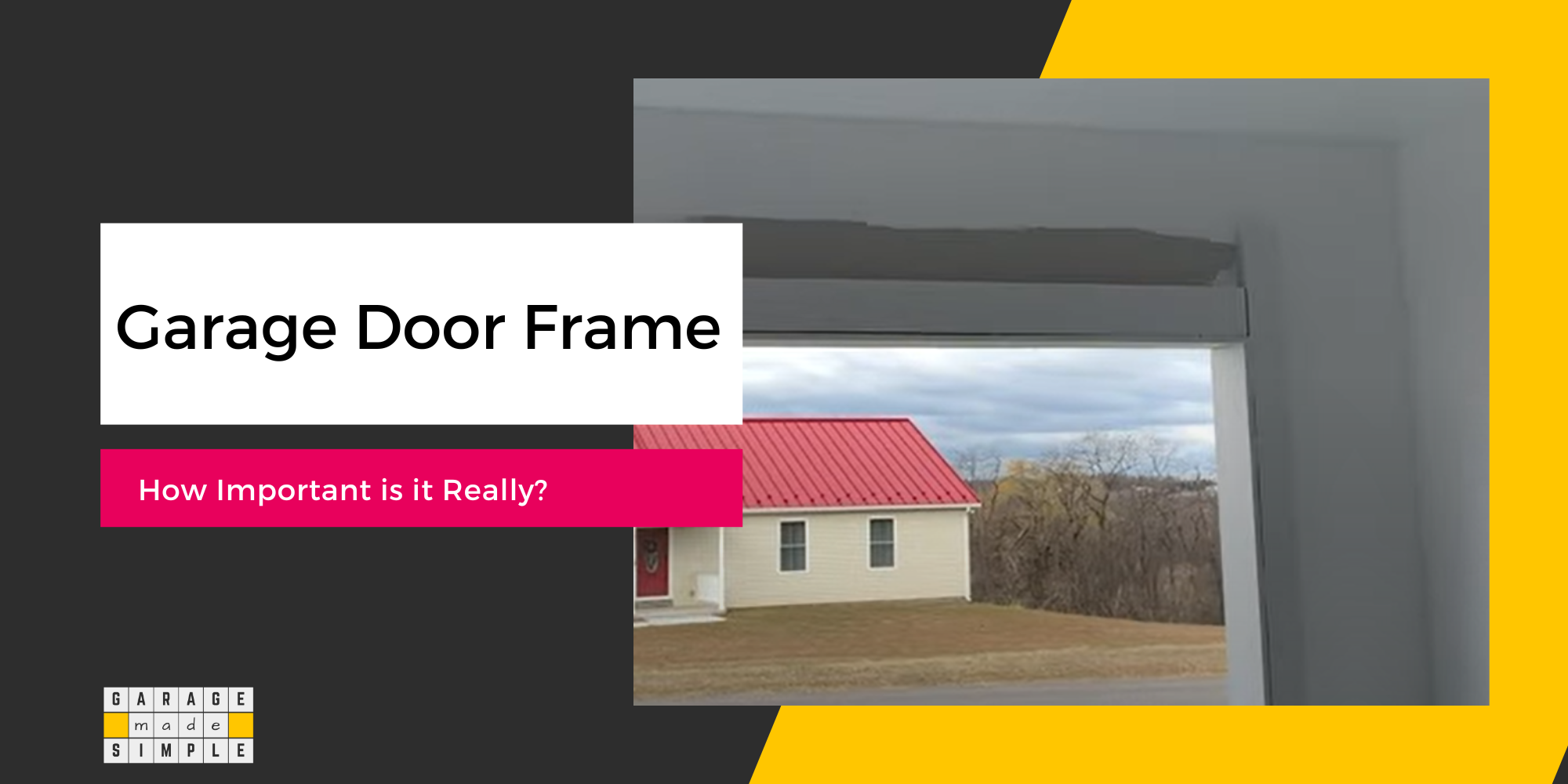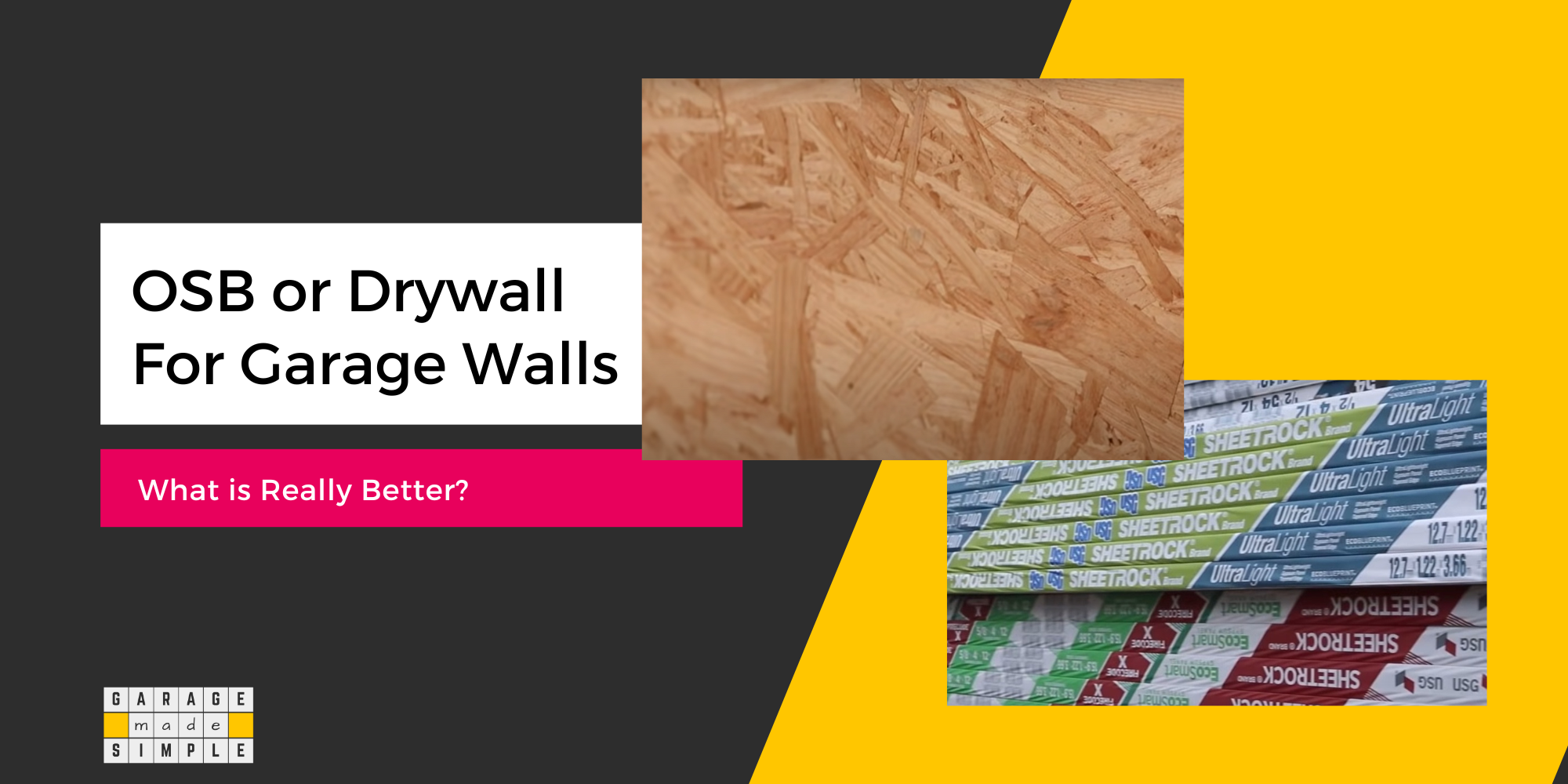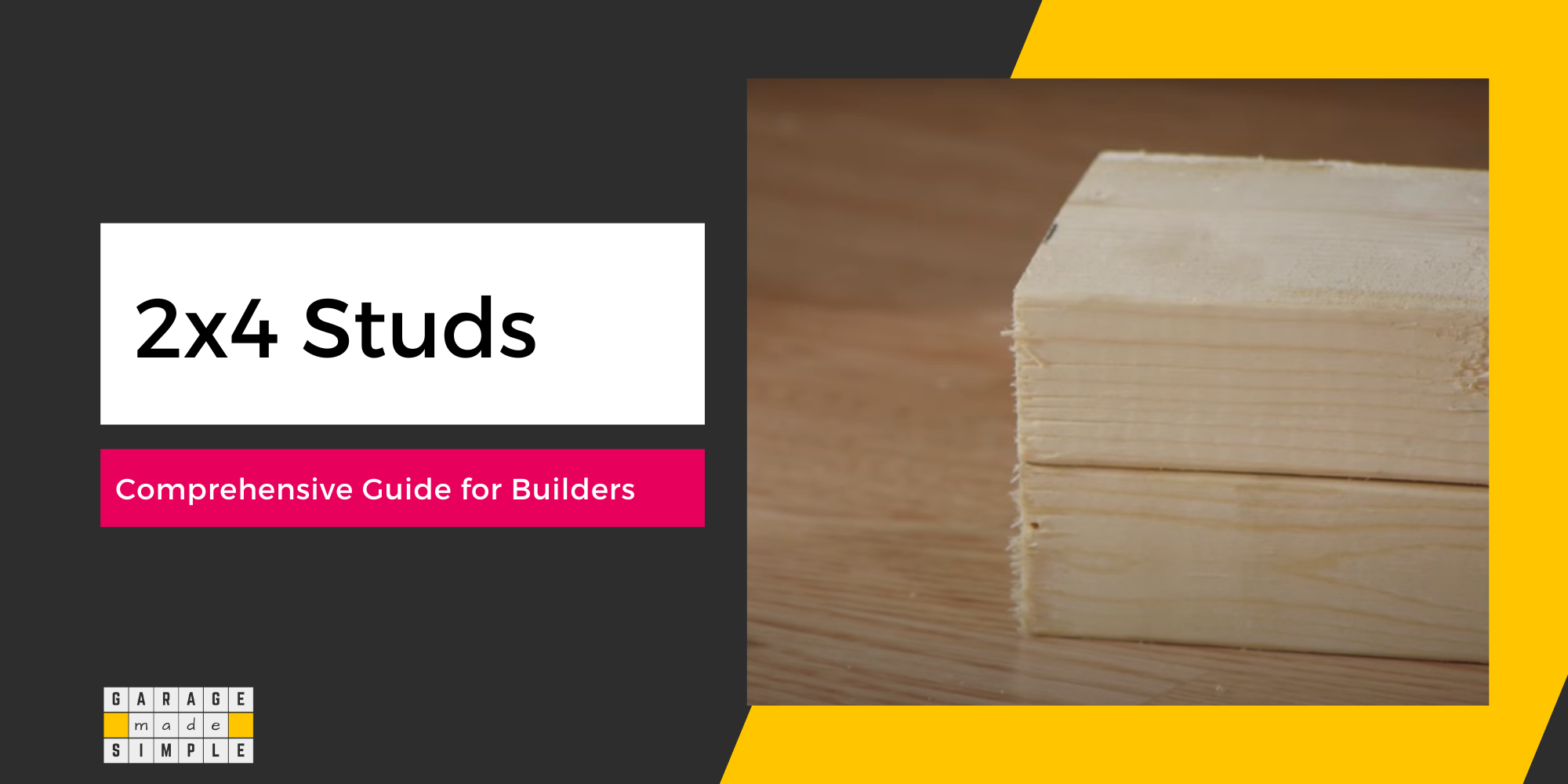How To Protect The Bottom Of Drywall In A Garage? Best Guide 2024!
As an Amazon Associate, I earn from qualifying purchases.
How Do You Protect the Bottom of Drywall in a Garage?
Drywall is an excellent choice as a sheathing material for interior garage walls. It is fire resistant, cost effective and easy to install. However, drywall has two major disadvantages. It has very poor impact resistance and it is hygroscopic and will absorb water like a wick. So, How Do You Protect the Bottom of Drywall in a Garage?
You can protect the bottom of drywall in a garage by applying a waterproof coating and by fixing a garage floor trim or installing a wainscoting panel.
In this post I will explain each solution in detail along with the level of protection that each will provide.
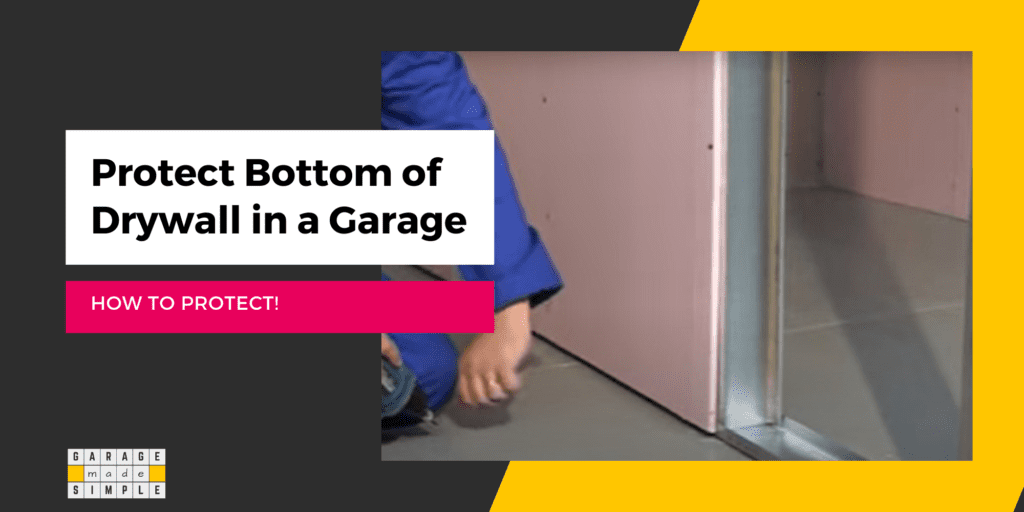
How Do You Waterproof the Bottom of Drywall in a Garage?
In case you have shelving or furniture stacked up against the drywall in your garage then the risk of impact is quite low. The same can not be said about water though.
Water can come in contact with the bottom of drywall in your garage as water pooling on the garage floor is a fairly common occurrence. Water can accumulate on the garage floor from any of the following sources:
- Moisture condensation on the floor, especially during cold nights
- Water seepage from the grade below the garage concrete floor
- Leakage of groundwater through the garage walls
- Raindrops & snowmelt from vehicles
- Washing of vehicles within the garage
- Plumbing leaks & poor garage floor drainage
Drywall is powdered gypsum, sandwiched between two layers of paper. Gypsum is highly hygroscopic; it readily absorbs moisture. In fact drywall does not just get wet, it wicks the water. So even drywall that is not in contact with water gets wet.
Wet drywall is, unfortunately, a great breeding ground for mold spores. Further, drywall exposed to wetness begins to rot and crumble.
It is good practice to leave a gap of ½ – 2” between the bottom of the drywall and the finished floor. In case the bottom edge is not smooth, I suggest that you attach an L-shaped metal strip, available at hardware stores. Blend it into the drywall using joint compound (drywall mud).
To protect the bottom of the drywall in your garage, apply a coat or two of waterproof primer to the bottom segment of the drywall. Go high enough so that water pooling on the garage floor will not go above the waterproofing level. The higher the better.
Alternatively, you can also use Liquid Rubber Waterproofing Sealant. Check out the product on Amazon by clicking the link below:
Liquid Rubber Foundation and Basement Sealant – Indoor & Outdoor Use – 5 Gallon.
Will Garage Floor Trim Protect the Bottom of Drywall?
The Garage Floor Trim (also known as Baseboards) protects the bottom of the drywall from:
- Water splashes & puddles on the floor
- Chemical, oil & grease spills
- Nicks from moving of equipment or furniture
- Ingress by small insects getting into the gap
Garage Floor Trim are available in the following three materials:
- Thermoplastic Vinyl (TV)
- Thermoplastic Rubber (TR)
- Thermosetting Rubber (TS)
The outstanding features of each of the three materials is listed in the table below
| Thermoplastic Vinyl (TV) | Thermoplastic Rubber (TR) | Thermosetting Rubber (TS) |
| Waterproof | High Impact Strength | |
| Highly Durable | High Flexibility | Excellent Flexibility |
| Easy to Install | High Abrasion Resistance | |
| Not Expensive | Excellent Chemical Resistance | Excellent Chemical Resistance |
| Color Range | Great Aesthetics | Uniform Color in Satin Finish |
You should keep in mind that trims are not very high. They typically come in 2 1/2″, 4″ or 6″ height. Trims are great for aesthetics but may not be suitable in protecting the drywall from impacts from lawn mowers, ladders or flying balls.
You can get more detailed information about Garage Floor Trim from my earlier blog post Why Is Garage Floor Trim Important? (What You Need To Know!).
Is Waterproof & Wainscot Panel the Best Protection?
In my opinion the best way to protect the bottom of the drywall in your garage is to use a combination of waterproofing and wainscoting.
Waterproofing will ensure that the bottom of the drywall does not get wet even if there is water pooling on the garage floor. The drywall will be protected from mold growth and rotting.
In case you are not familiar with Wainscoting, check out my earlier blog post Garage Wainscoting Panels (10 Important Things You Need To Know!).
In essence Wainscoting is Paneling. The important distinction is that wainscoting only covers the bottom part, usually 1/3rd of the height of the wall.
Metal panel wainscot in the garage will protect the bottom of the drywall from any accidental hits to the wall. Wainscot panels are generally 2 ½ – 3 feet high. Another option is using PVC wall panels that are say 3′ high.
I recommend using Diamond Plate Wall Tiles from CarGuyGarage.
Thank you very much for reading the post. I do hope you found it informative and useful.

